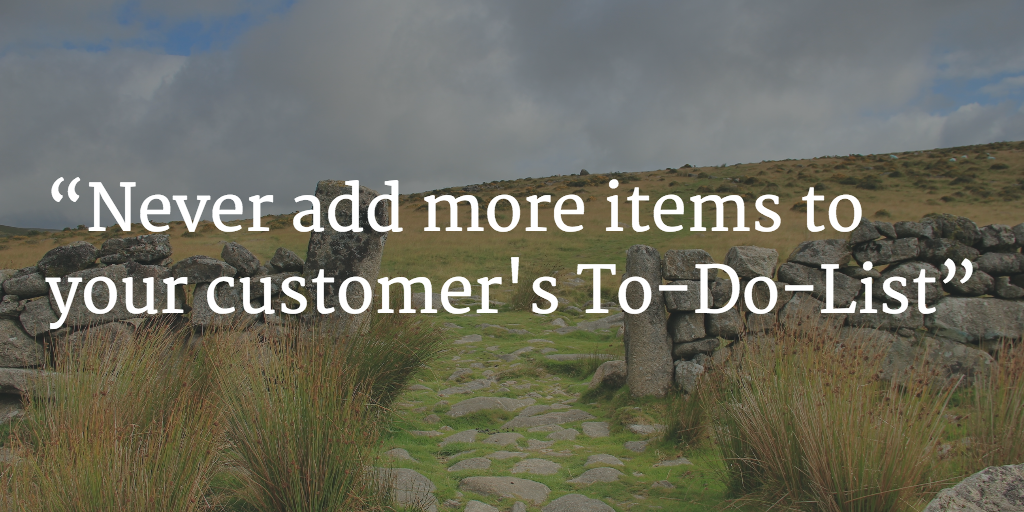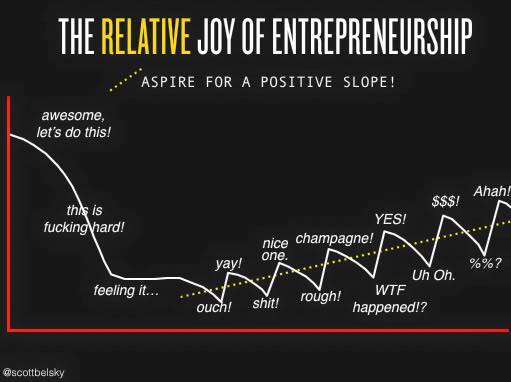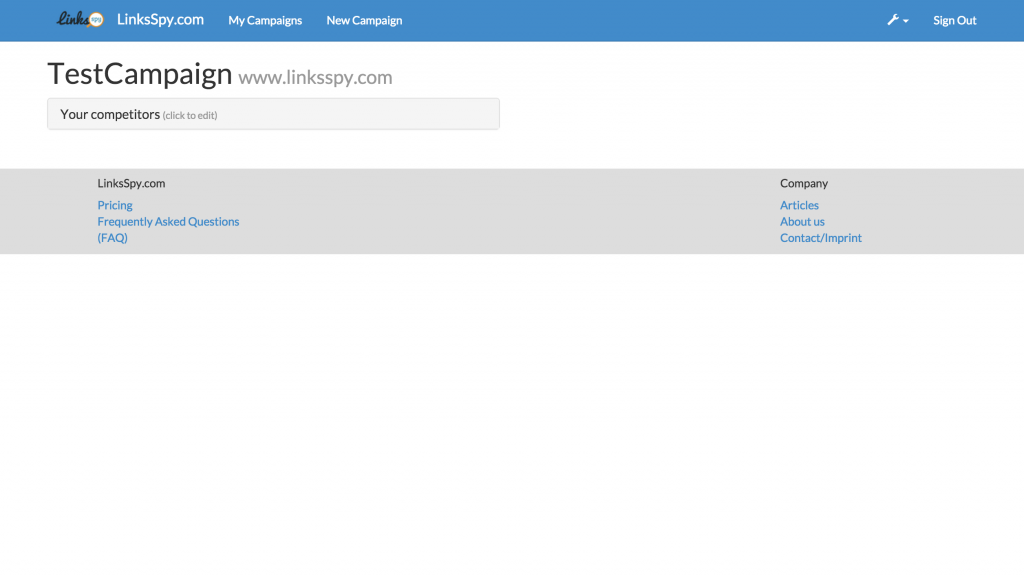The MicroConf Europe 2016 Talk Recaps can be found on the central hub page.
Website: Close.io
Twitter: @Steli
Slides:
- Started as productized consulting offering scalable sales processes to VC funded startups in the Bay Area
- Stumbled into CRM space by releasing internal software
- Show up. Follow up. Close.
- Sales is not difficult. It is just emotionally uncomfortable.
- You have to push yourself to follow up
- Ask for the close in no uncertain words
Sales Process Exploration
- Goal #1: find a predictable sales process
- 3 Steps to Sales Epiphany
- Customer Profile
- Who is ideal customer?
- How do we qualify them?
- Lead Sources
- Scalable sources for high quality leads?
- Sales Process
- Most successful way to sell to my market
- Inbound/Outbound; Emails, Calls, Demos, Outside/Inside
- Customer Profile
- Get steps 1 + 2 right; people tend to over-focus on step 3
- Sales Metrics
- Activity
- Quality
- You need a minimum 15% reach rate – ideal is 30%
- If you are below that, you’re doing something wrong:
- wrong channel – try faxes for doctors, cell phones for students, etc.
- “Reach –> Qualified” rate should be 50% or higher
- Conversion
- “Qualified –> Close” rate should be 50% or higher
- Sales Stages (Hiring)
- Founder Driven
- At first you have to do sales all by yourself
- Founder Managed
- Then you can outsource parts of it and eventually the whole process with close to the same results
- Junior Sales Leader
- Someone from a company that was at your stage a year or two again
- They come from the future – they have all the answers
- Senior Sales Leader
- Founder Driven
- You are NOT allowed to outsource sales. You can not outsource your key business problem





Recent Comments